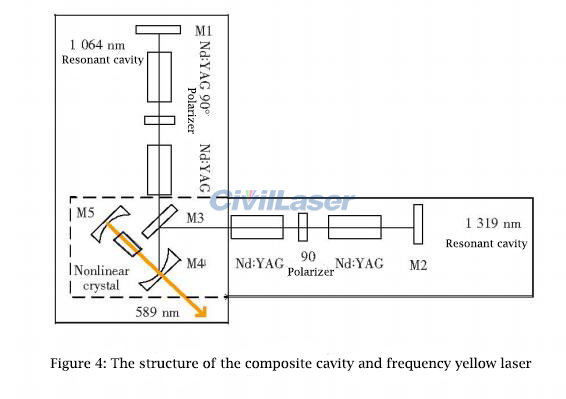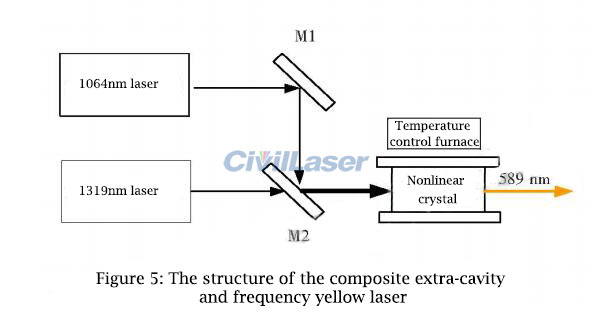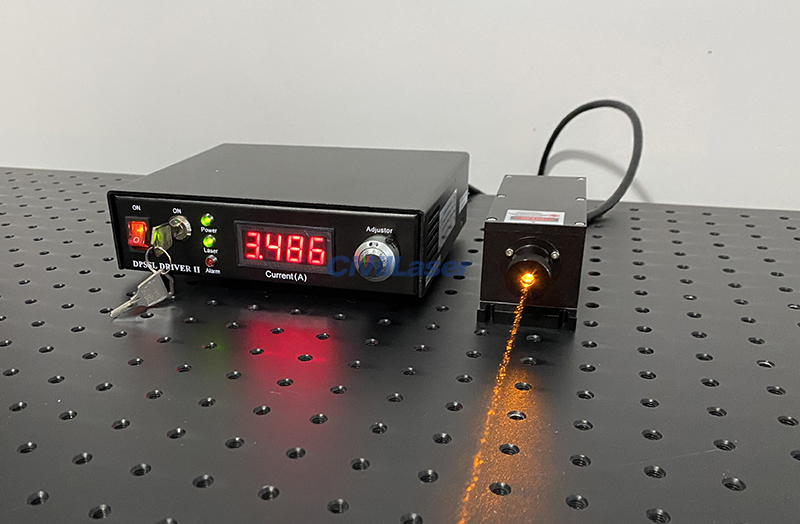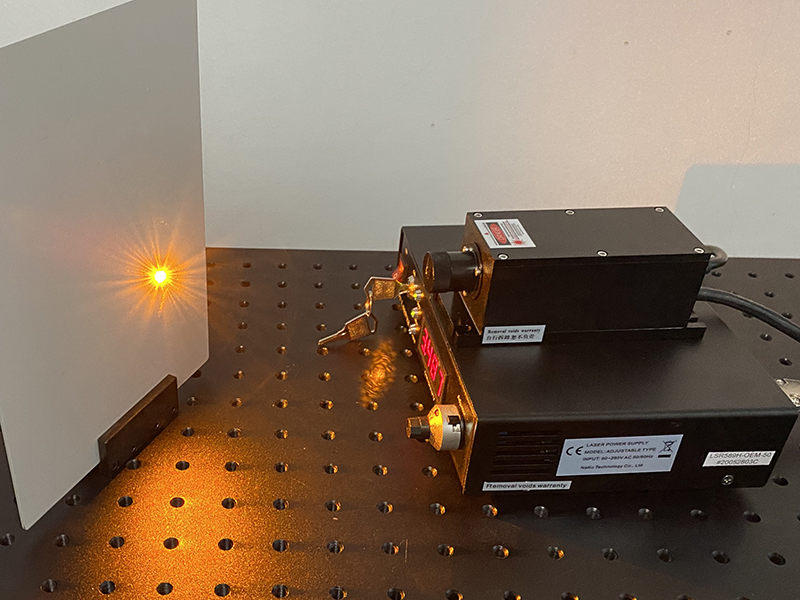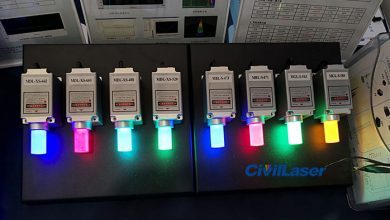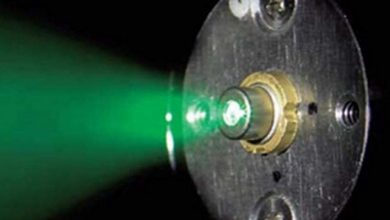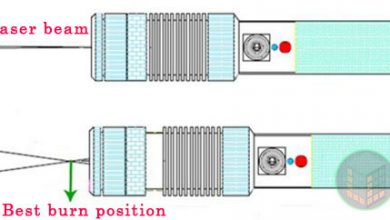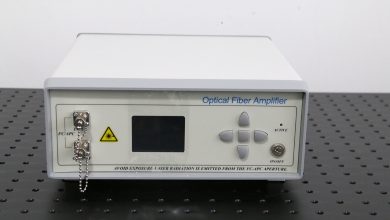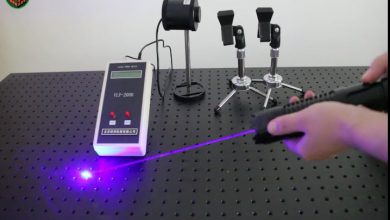Laser Article
Multiple gain media obtain 589nm laser output in the composite cavity
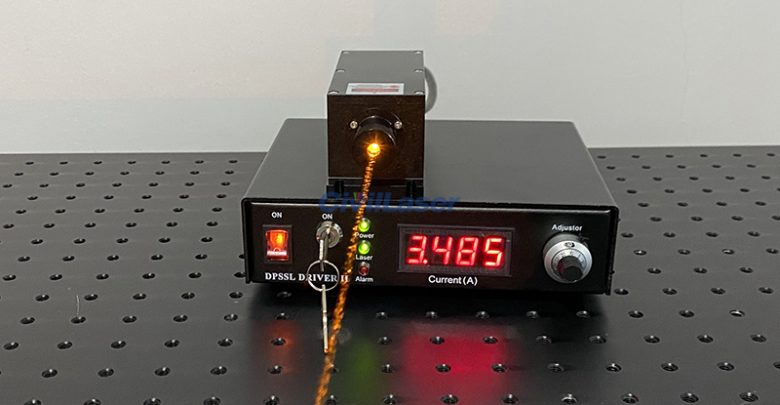
In order to obtain high-power 589nm yellow light laser, a new technology of using multiple gain media to obtain 589nm laser output in a composite cavity is proposed, that is, two resonant cavities are used to generate fundamental frequency light separately, and the two beams The fundamental frequency light is spatially overlapped, and a nonlinear crystal is placed in its overlap region to perform intra-cavity or out-of-cavity frequency summation to obtain a 589nm yellow light laser and achieve a power output above the watt level. After that, the 589nm all-solid-state yellow laser began to develop in four main directions: high average power, high conversion efficiency, high stability, and high beam quality. The commonly used simplified model of composite cavity is shown in Figure 4 and Figure 5.
The high average power benefits from the rapid development of infrared lasers near the wavelengths of 1 μm and 1.3 μm and the emergence of high conversion efficiency nonlinear media such as KTP, LBO, and periodic polarized crystals. High power, high stability, and high efficiency 589 Thenm yellow laser has been developed rapidly.
In 2008, Lockheed Martin Coherent Technology Co., Ltd. developed for GeminiSouth Observatory a 589nm all-solid-state yellow laser based on LD pumping Nd:YAG with an average power of 50W, long-term power stability <5%, and M2 <10.
At present, the domestic composite cavity and frequency continuous yellow light output can also reach a level above the watt level. In 2006, Geng Aicong of the Institute of Physics, Chinese Academy of Sciences and others reported that a double Nd:YAG rod was connected in series with a V-shaped folded cavity intracavity sum-frequency all-solid-state yellow laser to obtain a 3 W continuous wave 589nm yellow light output. The type design makes the two fundamental frequency beams achieve the best spatial overlap in the cavity, and by selecting the appropriate LD pumping power, the two fundamental frequency beams achieve the best power ratio in the cavity, which improves the yellow light Output Power. The Institute of Applied Electronics, China Academy of Engineering Physics has achieved good research results in high-power 589nm all-solid-state yellow lasers. In 2008, Liang Xingbo et al. reported on a composite cavity 589nm pulsed yellow laser, which obtained an average power of 10.5W yellow laser.

